
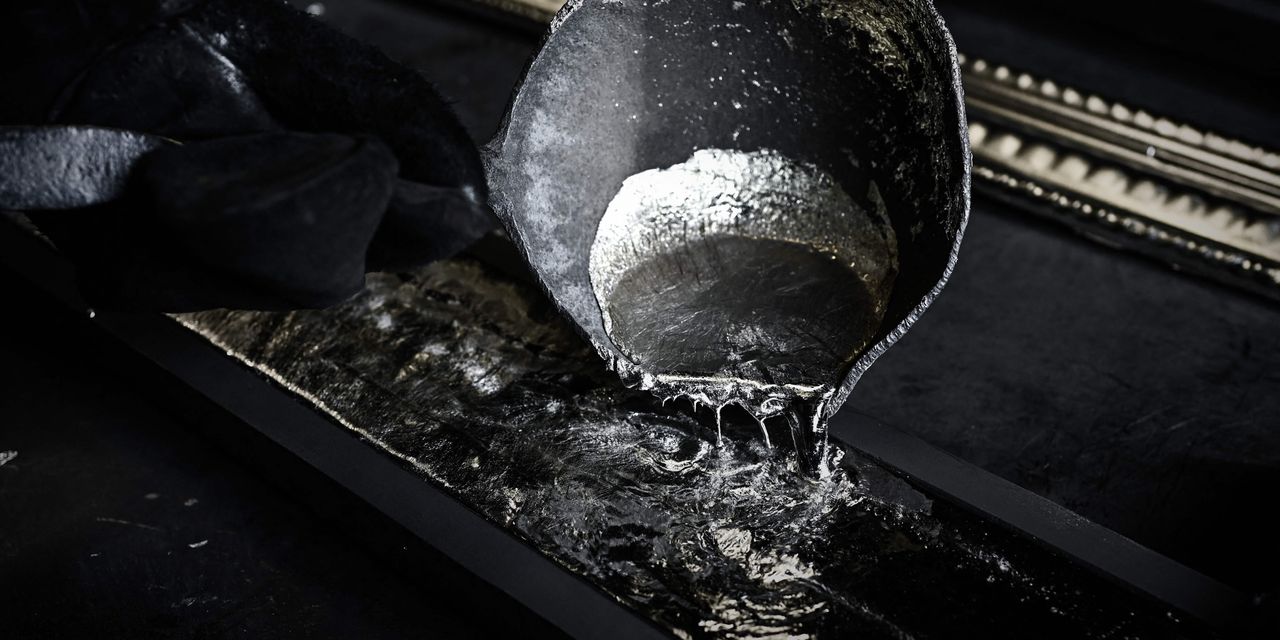
High demand for consumer electronics and difficulties shipping metal out of Asia have created a shortage of tin, pushing prices for the metal close to records for the first time in a decade.
On the London Metal Exchange, the price of tin to be delivered in three months has soared 46% this year to $29,785 a metric ton, outstripping other metals such as copper and aluminum. Tin last fetched as much at the height of the run-up in metal markets in 2011, when prices crested at more than $33,000 a ton.
Tin’s advance is one of the biggest moves in commodity markets that have ripped higher, feeding expectations among investors that inflation will accelerate, at least temporarily. Lofty commodity prices have acted as a brake on factories. Companies are looking to pass higher input costs through to consumers, some of whom are feeling the pinch. Worries about inflation have sent jitters through Wall Street, hurting stocks.
“Demand is wild across the board,” said
Evan Morris,
co-president of Nathan Trotter & Co., adding that he has never experienced such acute shortages of tin.
The Sadsburyville, Pa.-based manufacturer of solder wire and other tin products is racing to keep up with orders. Coronavirus has constrained supplies of raw metal coming out of Indonesia and elsewhere, while a snarl-up in container-shipping markets has led to weekslong delays in transporting tin from Southeast Asia and Latin America.
The market for tin—the most expensive of the major base metals—tumbled in 2019 when a downturn in semiconductor sales knocked demand. Prices took another leg lower when lockdowns and the closure of factories hit sales of industrial commodities in early 2020.
Fast forward a year and the market is “probably the most squeezed it’s ever been,” said
Charles Swindon,
managing director of U.K.-based RJH Trading Ltd.
Demand is strongest in the U.S., pushing prices on the ground as much as $3,000 a ton above where tin trades on the LME, according to Mr. Swindon. The high price “reflects genuine demand; otherwise people wouldn’t be paying these premiums,” he said.
Shares of mining companies are gaining from the jump in metals prices.
BlackRock Inc.’s
iShares MSCI Global Metals & Mining Producers exchange-traded fund has risen 34% this year.
Behind tin’s comeback is a surge in sales of consumer electronics such as laptops, cellphones and televisions during the pandemic.
Solder, the melted metal used to attach semiconductor chips to circuit boards and electronic devices, accounts for about half of global tin demand, said
James Willoughby,
analyst at the International Tin Association.
The value of world-wide semiconductor sales rose 3.6% in the first three months of 2021, compared with the previous quarter, and 17.8% from a year before, according to the Semiconductor Industry Association, a U.S. industry group.
The hot housing market is also aiding tin’s recovery. Tin, used to make certain plastics more resistant to heat, is benefiting from a rush to buy drainpipes and cladding for new homes.
Supplies are running low. Just 490 tons of refined tin were available in London Metal Exchange warehouses dotted around the world last week, with 840 more earmarked for withdrawal. That is just over half what was available at the end of 2020.
Metal in LME sheds is considered the source of last resort, so removals indicate shortages in the wider market, said
Tom Mulqueen,
an analyst at Amalgamated Metal Trading Ltd.
The rally is giving succor to aspiring tin miner
Cornish Metals Inc.
Last month, the company drove a diamond-encrusted drill into the ground to search for copper and tin in the Gwennap district of Cornwall, southwest England, where copper was mined in the 1700s and 1800s.
To pay for the exploration, Cornish Metals listed its shares in London and raised £8.2 million, or the equivalent of $11.6 million, a deal that gained traction because of the upswing in prices, said Chief Executive
Richard Williams.
Cornish Metals is weighing ways to raise more money to drain as much as 10 million cubic meters of water from South Crofty, a separate, disused tin mine a few miles down the road.
Options include another equity raise or a private-equity backer, according to Mr. Williams.
Another factor feeding into a dearth of refined tin in the West is the monthslong shortage of shipping containers. Traders face delays and high prices to ship refined metal from Malaysia, Indonesia and Thailand, the biggest suppliers to buyers outside China.
In the spot freight market, the cost of a 40-foot container moving goods from Asia to the West Coast stood at $5,144 Friday, according to freight-booking platform Freightos, more than three times higher than at the start of 2020.
What has been your experience with buying consumer electronics during the pandemic? Join the conversation below.
Write to Joe Wallace at Joe.Wallace@wsj.com
Copyright ©2020 Dow Jones & Company, Inc. All Rights Reserved. 87990cbe856818d5eddac44c7b1cdeb8
24World Media does not take any responsibility of the information you see on this page. The content this page contains is from independent third-party content provider. If you have any concerns regarding the content, please free to write us here: contact@24worldmedia.com

Common Mistakes When Using Athletic Field Tarps

High-Performance Diesel Truck Upgrades You Should Consider

Warehouse Optimization Tips To Improve Performance
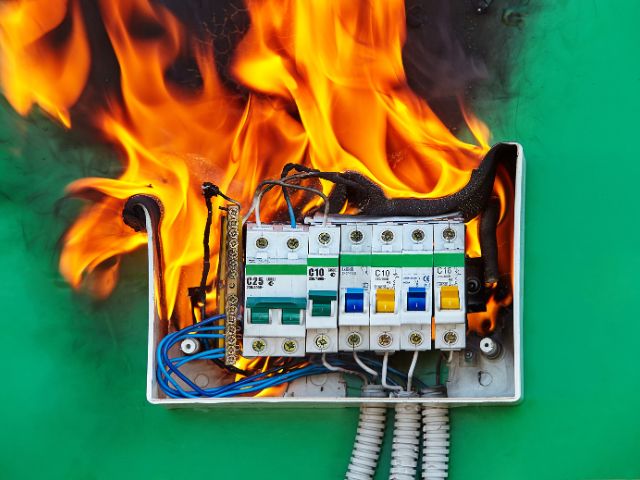
Fire Hazards in Daily Life: The Most Common Ignition Sources

Yellowstone’s Wolves: A Debate Over Their Role in the Park’s Ecosystem
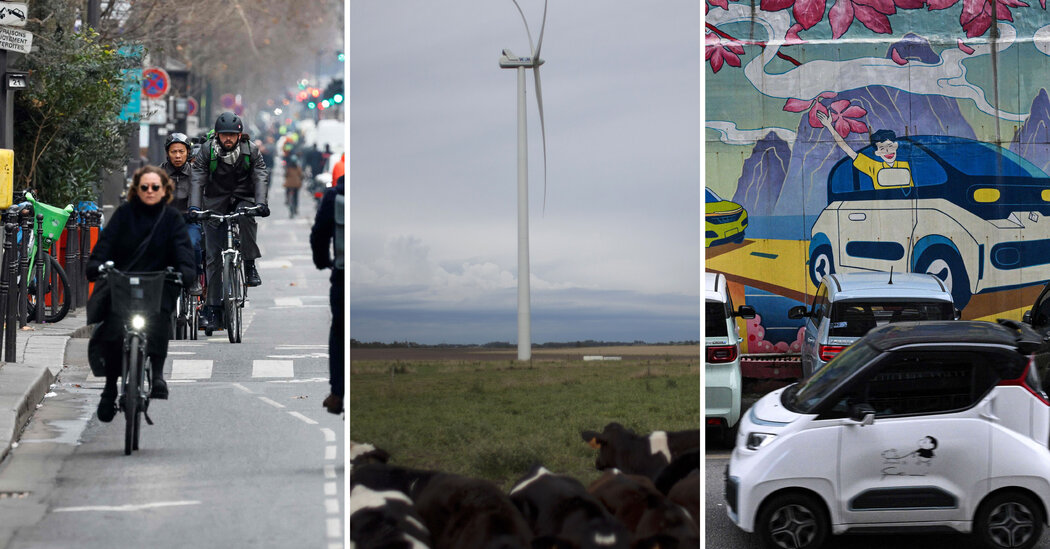
Earth Day 2024: A Look at 3 Places Adapting Quickly to Fight Climate Change

Millions of Girls in Africa Will Miss HPV Shots After Merck Production Problem

This Lava Tube in Saudi Arabia Has Been a Human Refuge for 7,000 Years

Four Wild Ways to Save the Koala (That Just Might Work)
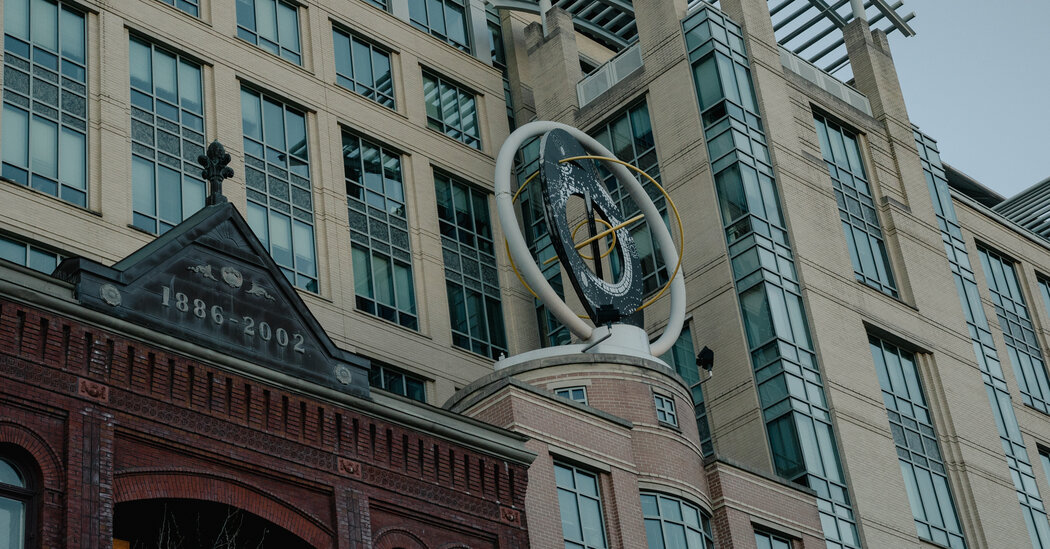
National Academy Asks Court to Strip Sackler Name From Endowment
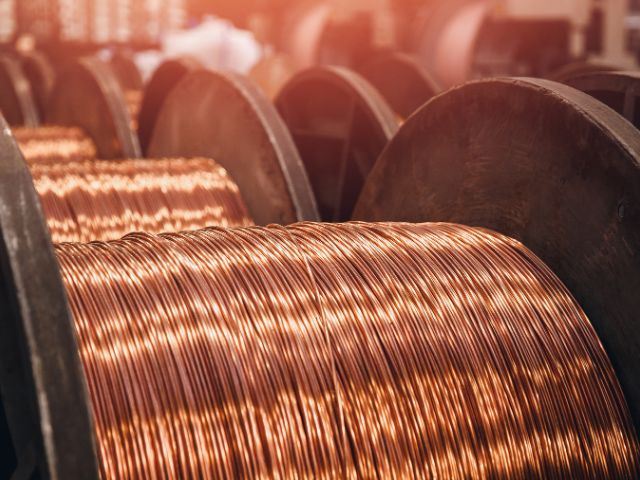
Ways Industrial Copper Helps Energy Production
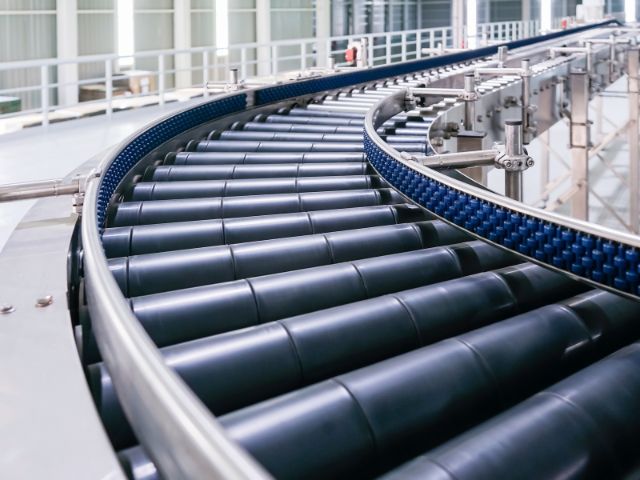
The Ins and Out of Industrial Conveyor Belts